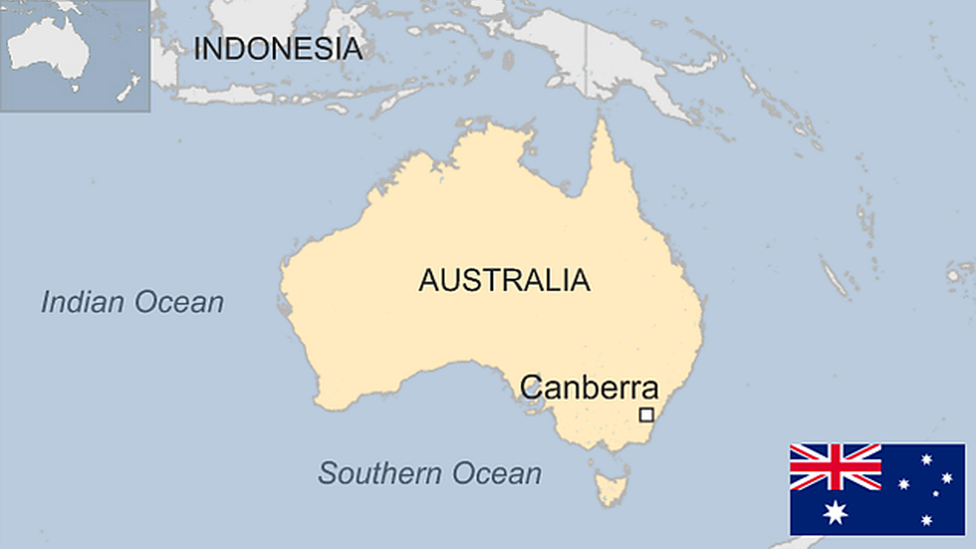Exploring the Diversity and Beauty of Australia
Australia, often called the “Land Down Under,” is a vast and captivating country that offers a myriad of experiences to its visitors. Australia has something for everyone, from stunning natural landscapes and unique wildlife to vibrant cities and a rich cultural heritage. Let’s delve into this great nation and uncover the wonders it has to offer.
| Australia |
|---|
| Capital: Canberra |
| Largest City: Sydney |
| Population: Approximately 25 million |
| Area: 7,692,024 square kilometers |
| Official Language: English |
| Currency: Australian Dollar (AUD) |
| Government: Federal Parliamentary |
| Constitutional Monarchy |
| Time Zone: Australian Eastern |
| Standard Time (AEST) |
| (UTC+10) |
| Calling Code: +61 |
| Internet TLD: .au |
| Major Industries: Mining, Agriculture, |
| Services, Manufacturing |
| Natural Wonders: Great Barrier Reef, |
| Uluru (Ayers Rock), |
| Daintree Rainforest |
| Notable Landmarks: Sydney Opera House, |
| Great Ocean Road, |
| Bondi Beach |
| National Symbols: Kangaroo (Animal), |
| Emu (Bird), |
| Golden Wattle (Flower) |
| Sports: Cricket, Rugby, Aussie |
| Rules Football, Soccer |
| (Football), Tennis, |
| Surfing, and more |
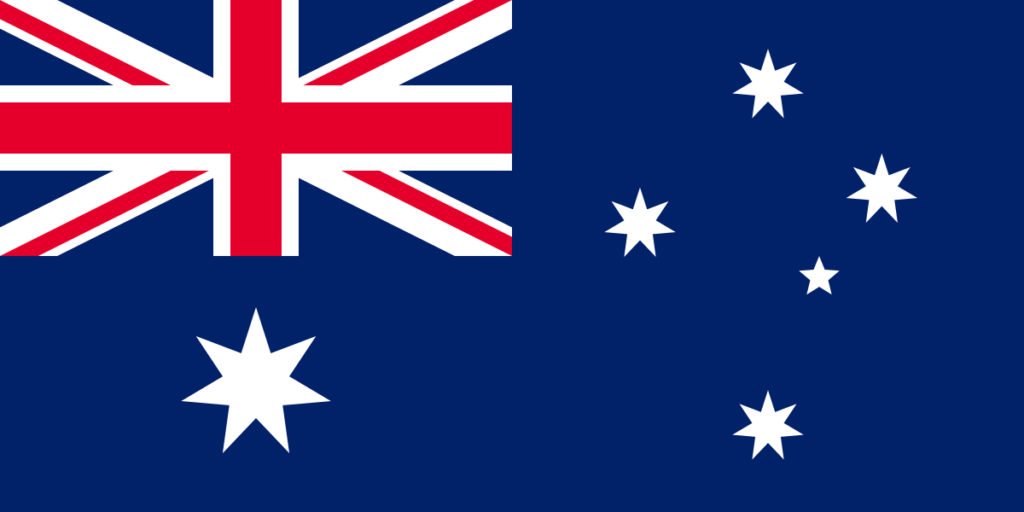
Geographical Wonders: From Pristine Beaches to the Vast Outback
Australia boasts breathtaking geographical features that showcase the country’s diverse natural beauty. The Great Barrier Reef, a UNESCO World Heritage Site, is the world’s most extensive coral reef system, teeming with marine life and offering unforgettable diving and snorkeling experiences. The pristine beaches of the Gold Coast and the stunning coastline of the Great Ocean Road are a paradise for beach lovers. Inland, the expansive Australian Outback mesmerizes with its vast deserts, rugged mountains, and iconic landmarks such as Uluru (Ayers Rock).
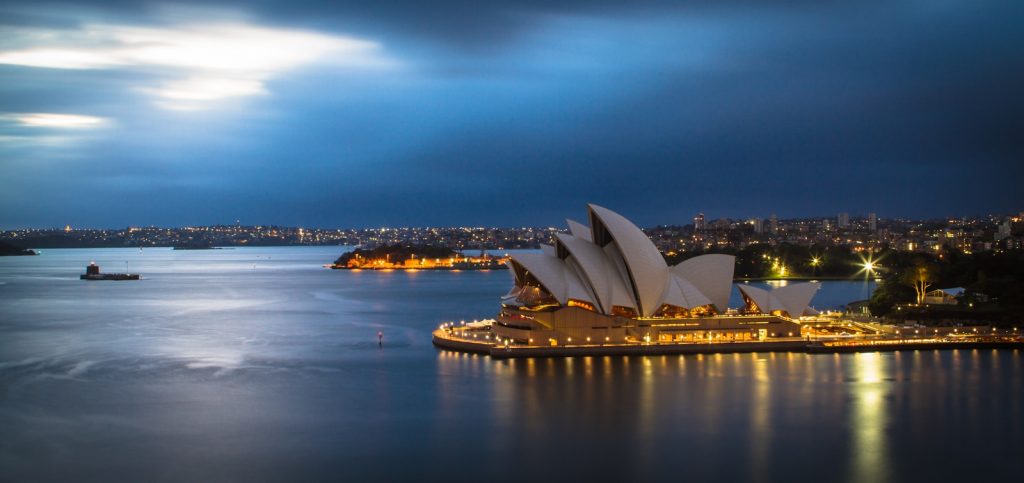
Unique Wildlife: Encounter Australia’s Extraordinary Fauna
Australia is renowned for its extraordinary wildlife, with species found nowhere else on Earth. Kangaroos, koalas, platypus, and wombats are just a few examples of the fascinating creatures that call Australia home. The country’s diverse ecosystems provide habitats for a wide range of animals, making wildlife encounters a genuinely memorable experience for visitors.
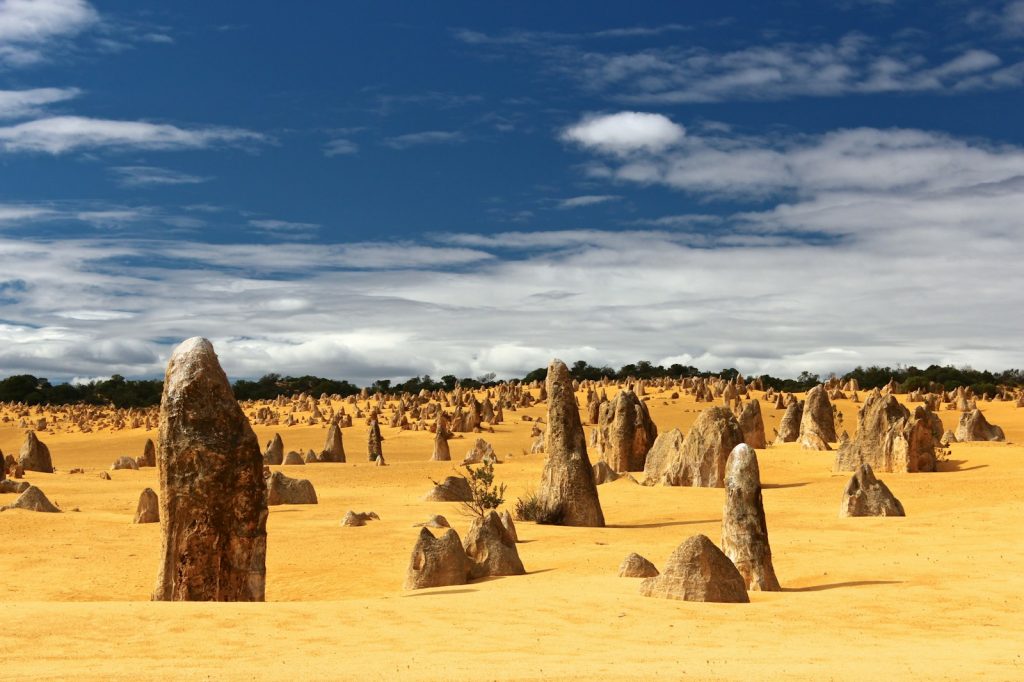
Rich Indigenous Culture: Discovering the World’s Oldest Living Culture
Australia’s Indigenous culture is one of the oldest surviving cultures on the planet, dating back over 65,000 years. The Aboriginal and Torres Strait Islander peoples have a deep connection to the land, and their traditions, art, and storytelling are integral to the Australian identity. Visitors can learn about Indigenous culture through guided tours, art exhibitions, and cultural festivals, gaining a profound appreciation for this ancient heritage.
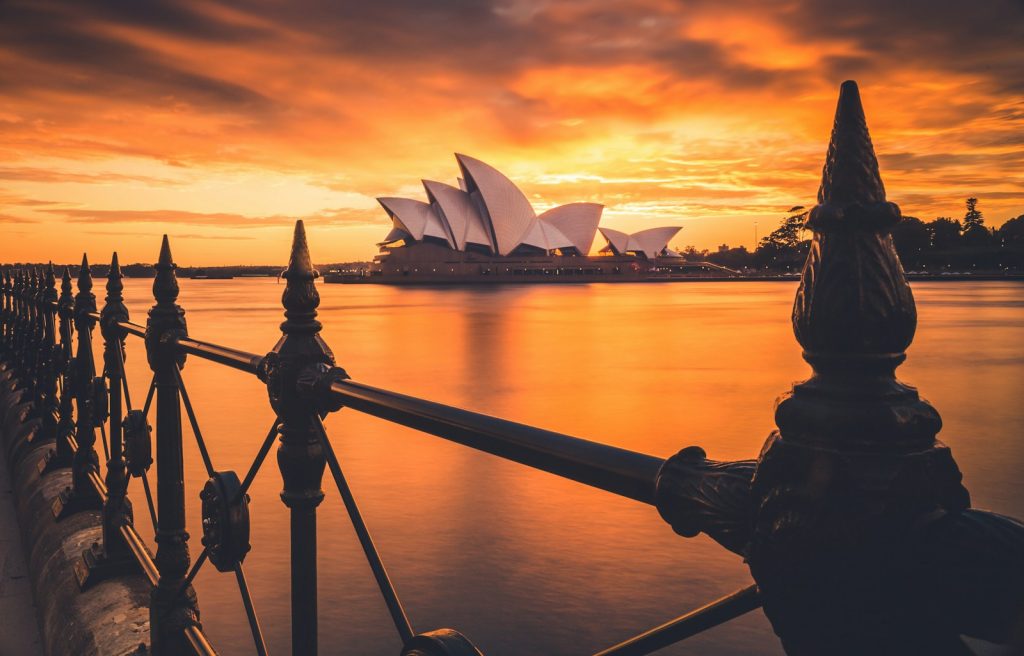
Modern Cities: Vibrant Urban Hubs with a Laid-Back Lifestyle
Australia’s cities are bustling metropolises that combine a cosmopolitan vibe with a relaxed, laid-back lifestyle. With its iconic Sydney Opera House and Harbour Bridge, Sydney offers a picturesque waterfront and a vibrant arts scene. Melbourne, known for its coffee culture and street art, exudes creativity and culinary delights. Brisbane, Perth, and Adelaide also have a unique charm, with many cultural attractions, shopping precincts, and diverse culinary offerings.
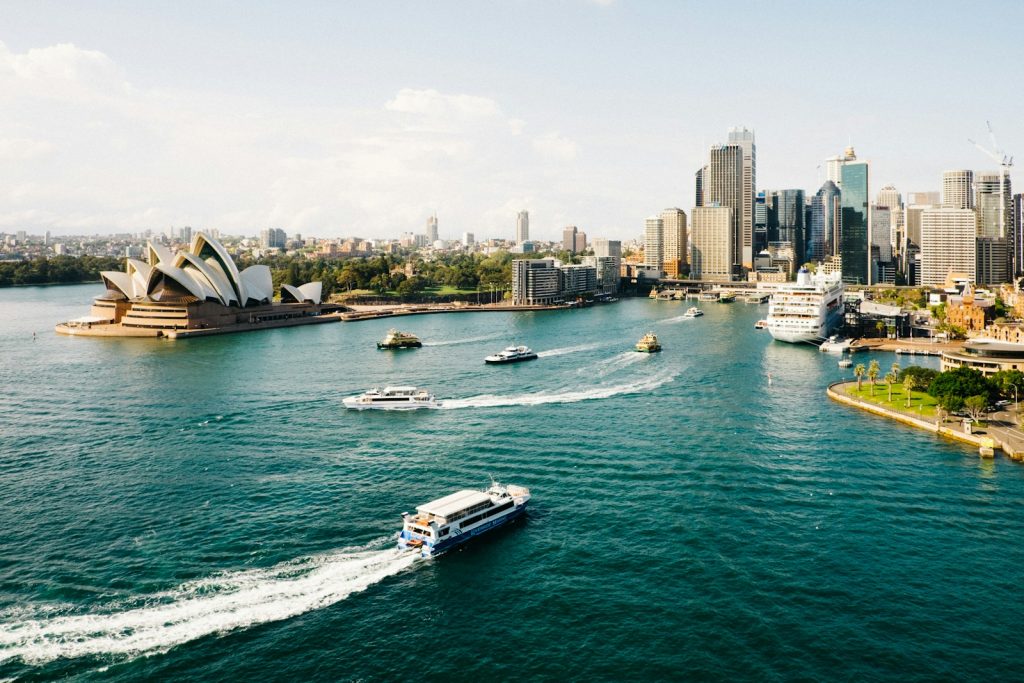
Thriving Arts and Entertainment Scene: A Creative Nation
Australia has a flourishing arts and entertainment scene that celebrates creativity in all its forms. From world-class museums and galleries to renowned theater productions and music festivals, there is an abundance of cultural experiences to indulge in. The Melbourne International Comedy Festival and the Sydney Festival are just glimpses into the vibrant calendar of events showcasing Australia’s artistic prowess.
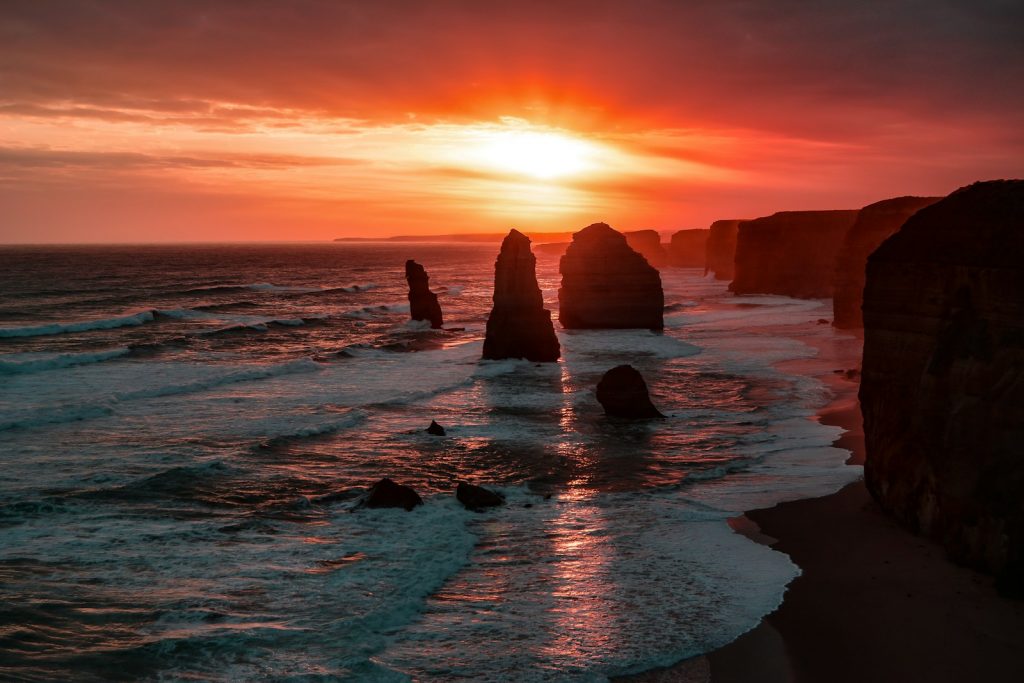
Outdoor Adventures: Embrace the Spirit of Adventure in Australia
For adventure enthusiasts, Australia is a playground filled with thrilling activities. Whether it’s surfing the waves at famous breaks or diving with
Sharks in the Ningaloo Reef, exploring ancient rainforests, or embarking on epic hiking trails like the Overland Track in Tasmania—the country offers an array of exhilarating outdoor adventures that cater to all skill and interest levels.
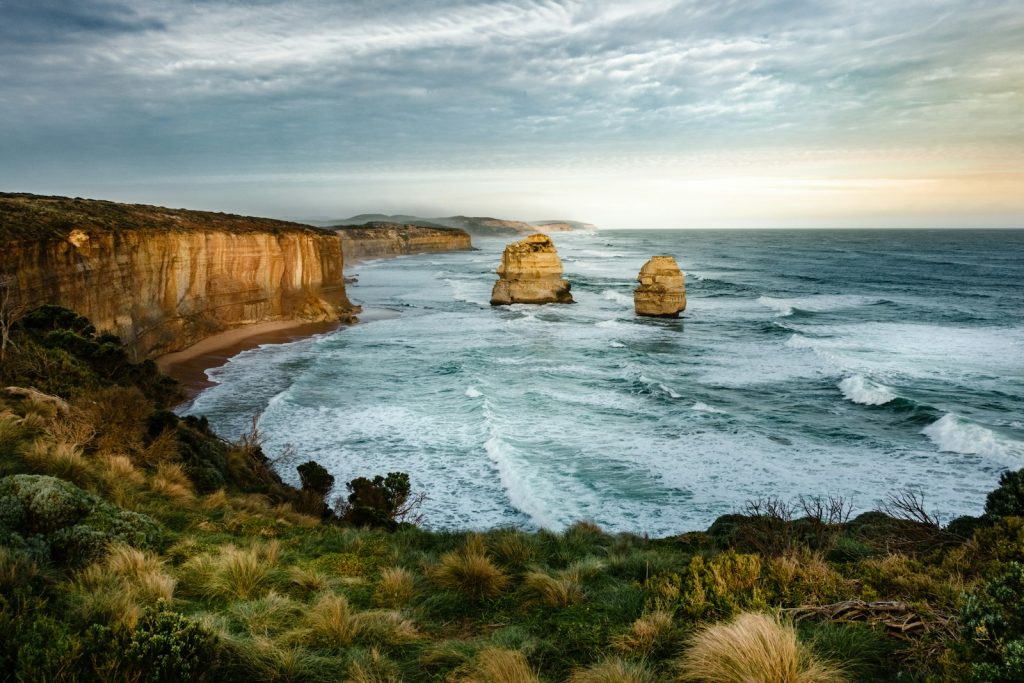
Culinary Delights: A Fusion of Flavors from Around the World
Australia’s multicultural society has resulted in a rich and diverse culinary scene. The country is a food lover’s paradise, from international cuisine to modern Australian fusion. Sample fresh seafood in coastal towns, savor multicultural dishes in bustling city precincts, or indulge in gourmet experiences in renowned wine regions. Australia’s culinary landscape is a melting pot of flavors and influences.
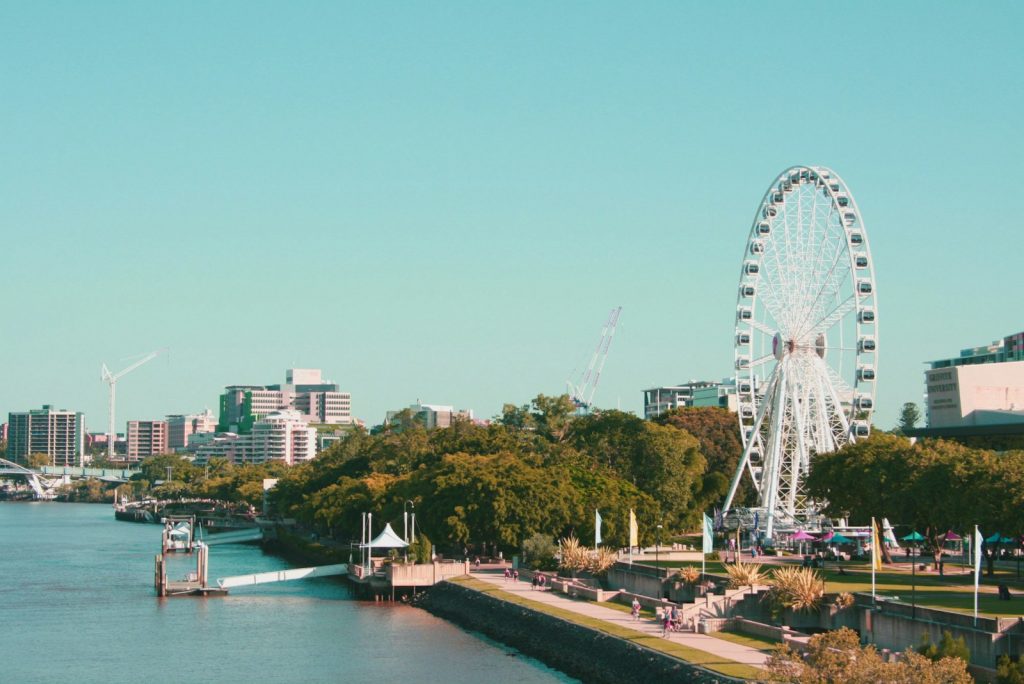
Sports and Recreation: Australia’s Passion for the Great Outdoors
Australians have an innate love for sports and the great outdoors. Whether cricket, Australian Rules Football, rugby, or surfing, sports play a significant role in Australian culture. The country’s stunning landscapes also provide excellent recreational activities such as camping, fishing, bushwalking, and sailing, allowing locals and visitors alike to connect with nature and embrace an active lifestyle.
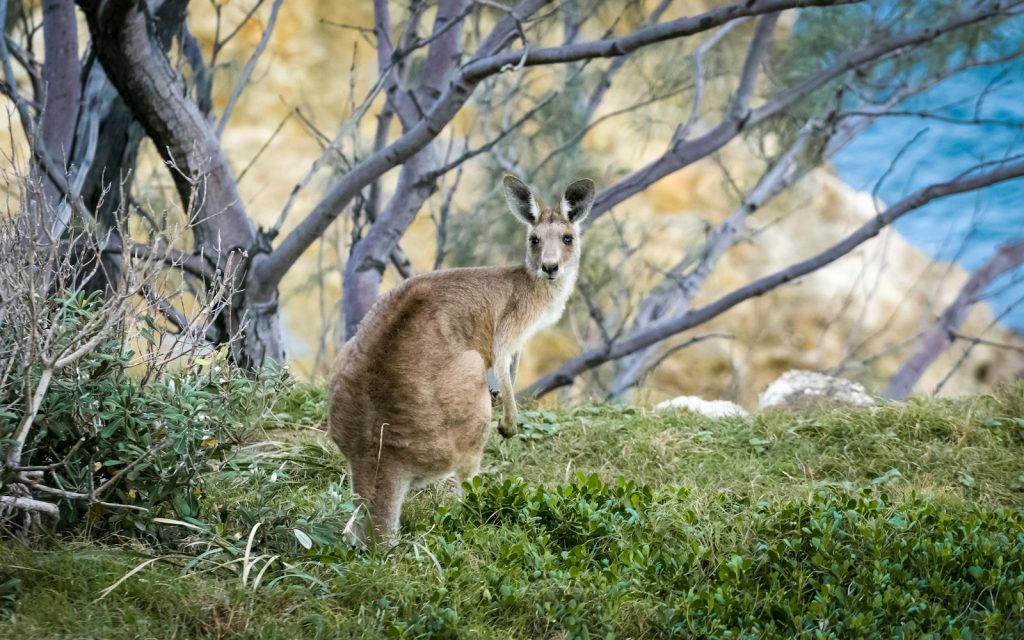
Environmental Conservation: Efforts to Preserve Australia’s Natural Treasures
Australia is home to unique and fragile ecosystems, and preserving its natural treasures is paramount. The country has implemented measures to protect its biodiversity and combat environmental challenges, ranging from national parks to marine conservation areas. Organizations and initiatives focus on conservation efforts, including wildlife rehabilitation, sustainable tourism practices, and promoting awareness about climate change.
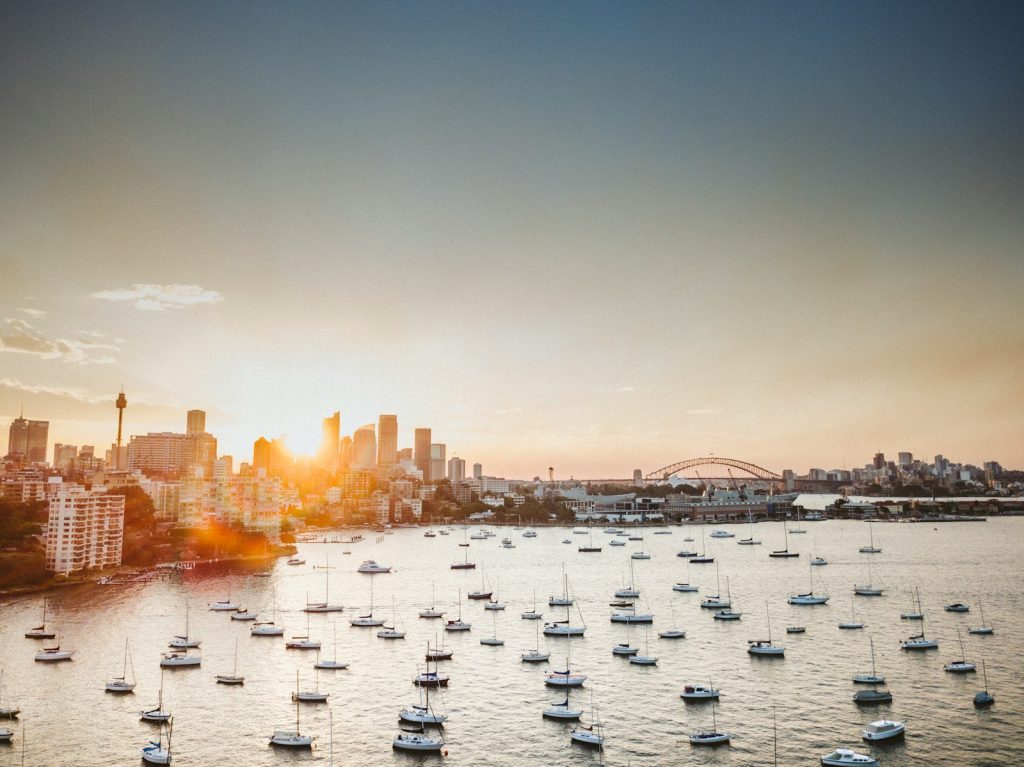
In conclusion, Australia captivates with its diversity, natural beauty, and rich cultural heritage. From exploring the awe-inspiring landscapes to immersing oneself in the vibrant cities and experiencing the warm hospitality of its people, Australia offers a journey like no other. So pack your bags, embark on an unforgettable adventure, and let the wonders of Australia unfold before your eyes.
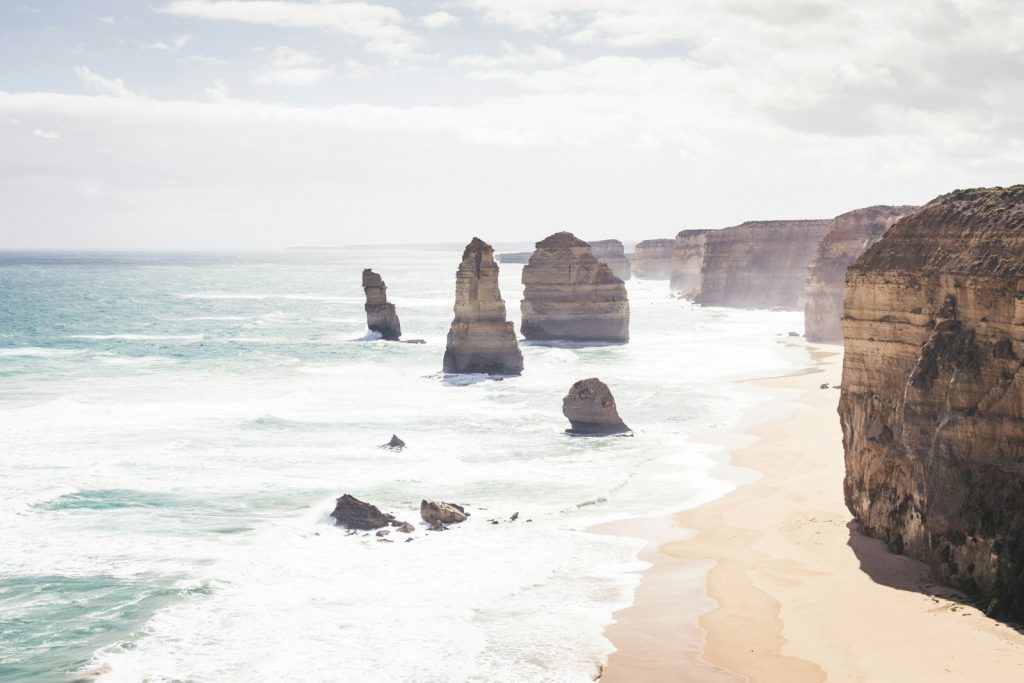
FAQ
Where is Australia located?
Australia is located in the southern hemisphere, between the Pacific and Indian Oceans. It is the world’s sixth-largest country and occupies the mainland of the Australian continent and numerous islands.
Q: What is the capital city of Australia?
The capital city of Australia is Canberra. It is located in the Australian Capital Territory (ACT) and serves as the country’s administrative center.
Q: What is the population of Australia?
Australia was around 25.7 million people. However, please note that population figures may have changed since then.
Q: What are the official languages of Australia?
The official language of Australia is English. However, due to its multicultural nature, a wide range of languages are spoken in the country, reflecting its diverse population.
Q: What is the currency used in Australia?
A: The Australian dollar (AUD) is used in Australia. It is divided into cents, with coins available in denominations of 5, 10, 20, and 50 cents, as well as $1 and $2 coins. Banknotes are issued in $5, $10, $20, $50, and $100 denominations.
Q: What is the climate like in Australia?
A: Australia experiences a range of climates due to its vast size. The country’s northern parts have a tropical climate with wet and dry seasons, while the southern regions have temperate climates. A hot and arid desert climate dominates the center of the country. It is important to note that climate conditions can vary significantly within different regions of Australia.
Q: What are some famous landmarks in Australia?
Australia is home to several famous landmarks, including the Sydney Opera House, the Great Barrier Reef, Uluru (Ayers Rock), the Twelve Apostles along the Great Ocean Road, the Sydney Harbour Bridge, the Daintree Rainforest, the Whitsunday Islands, and the Great Ocean Road itself.
Q: What is Australian cuisine like?
Australian cuisine is influenced by its multicultural society and diverse culinary traditions. It showcases a fusion of flavors worldwide, emphasizing fresh produce and seafood. Some iconic Australian dishes include Vegemite (a spread made from yeast extract), meat pies, lamingtons (sponge cakes coated in chocolate and coconut), and barramundi (a popular fish).
Q: Are there dangerous animals in Australia?
Australia is known for its unique wildlife, some of which can pose a potential risk. However, it’s important to note that encounters with dangerous animals are relatively rare for visitors. It is advisable to follow local guidelines and take precautions, such as wearing appropriate footwear in natural areas, avoiding swimming in unfamiliar waters, and being aware of potential hazards.
Q: What are some popular Australian sports?
Australians have a strong passion for sports. Some popular sports in Australia include Australian Rules Football (AFL), cricket, rugby (both rugby union and rugby league), soccer (football), tennis, swimming, and surfing. The country has produced successful athletes in various sports and hosts major international sporting events.
Q: What are some visa requirements for visiting Australia?
A: Visa requirements for visiting Australia vary depending on your nationality and the purpose and duration of your visit. It is advisable to check the official Australian government website or consult the nearest Australian embassy or consulate in your country for up-to-date visa information and requirements.
It is always recommended to refer to official sources and consult with relevant authorities for the most accurate and up-to-date information regarding Australia.
Watch Video
Read also
- Afghanistan – A Historical and Geopolitical Perspective
- Angola: Unveiling the Riches and Progress of a Rising African Nation
- Albania – The Land of Rich History, Natural Beauty, and Cultural Heritage
- Algeria – A Rich Tapestry of History, Culture, and Natural Beauty
- Andorra – The Principality in the Pyrenees
- Antigua and Barbuda: A Tropical Paradise with Rich History and Breathtaking Beauty
- Armenia: A Cultural Tapestry Rich in History and Resilience
